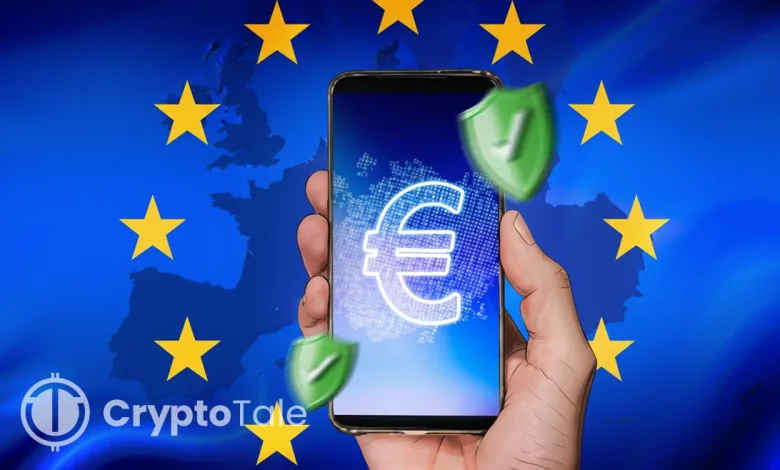ECB Pushes Digital Euro to Protect Autonomy Across Bloc

- Piero Cipollone says that the digital euro will secure Europe’s payment sovereignty.
- ECB plans resilient infrastructure to guarantee payment access during a crisis.
- Baltic fintech pilots influenced key features like offline usage and portability.
Europe’s control over its own payment systems is at risk, according to European Central Bank (ECB) Executive Board member Piero Cipollone. Speaking in Tallinn on 29 September 2025, at the Baltic digital euro conference hosted by Eesti Pank alongside Latvijas Banka and Lietuvos bankas, he stated that the planned digital euro is designed to keep citizens in charge of their money, choices, and future. He framed it as a “digital form of cash” built to secure freedom, autonomy, and financial resilience across all euro area countries.
Growing Reliance on Foreign Payment Networks
Cipollone indicated that as physical cash use declines, foreign payment providers now process most electronic transactions in Europe. ECB data show that cash payments at point-of-sale locations fell from 72% to 52% in volume between 2019 and 2024.
At the same time, two-thirds of all card-based transactions in the euro area are handled by non-European networks. He warned that this dependency affects daily activity across Estonia, Latvia, and Lithuania, where electronic payments rely almost entirely on international schemes.
According to him, this raises concerns not only over competition and transaction costs but also over sovereignty, as core financial operations depend on decisions made outside the European Union.
Framed as Digital Cash, Not a Private Platform
Cipollone clarified that the digital euro would not replace physical notes but extend central bank money into the digital sector. As legal tender, it would be accepted everywhere digital payments are supported, guaranteeing what he described as “freedom to choose” between physical and electronic methods.
To ensure resilience, the system would operate on a distributed infrastructure spread across at least three regions with multiple server clusters. A dedicated ECB app would allow users to move between providers without losing access to their funds. Additionally, offline functionality would enable payments during internet outages, cyber incidents, or power failures.
Enabling Local Providers
Beyond individual access, Cipollone presented the digital euro as an opportunity for European payment companies to expand more efficiently. He said that domestic innovations often struggle to cross borders due to incompatible systems and fragmented standards. With a unified digital infrastructure recognised across all euro area countries, service providers could deploy solutions continent-wide without renegotiating access in each market.
He referred to findings from the ECB’s recent innovation partnerships, where Baltic banks and fintechs helped test features such as offline payments and service switching. Their contributions shaped technical specifications, supporting what Cipollone described as cooperation through practical engineering rather than political statements.
Related: EU Sets Governance Path for Digital Euro Holding Restrictions
Sovereignty Instrument
Cipollone repeatedly linked currency to collective identity, noting that the euro functions as both a financial tool and a shared commitment. He cited former Executive Board member Fabio Panetta, who previously compared the monetary union to a collective defence clause by arguing that an attack on one member affects all.
To support this continuity, Cipollone referenced similar efforts to redesign physical banknotes to reflect shared cultural heritage. He suggested that physical and digital formats serve the same objective, ensuring that public money remains accessible under European control regardless of technological shifts.
Meanwhile, Cipollone positioned the digital euro as a response to reliance on foreign networks rather than a pursuit of innovation for its own sake. He presented it as infrastructure designed to protect payment choice, support regional providers, and reduce exposure to external systems. His message in Tallinn focused on retaining control over daily transactions.




